Discover authentic flavors with Sakuraco
Enjoy new Japanese sweets, snacks & tea every month starting from $32.50 USD
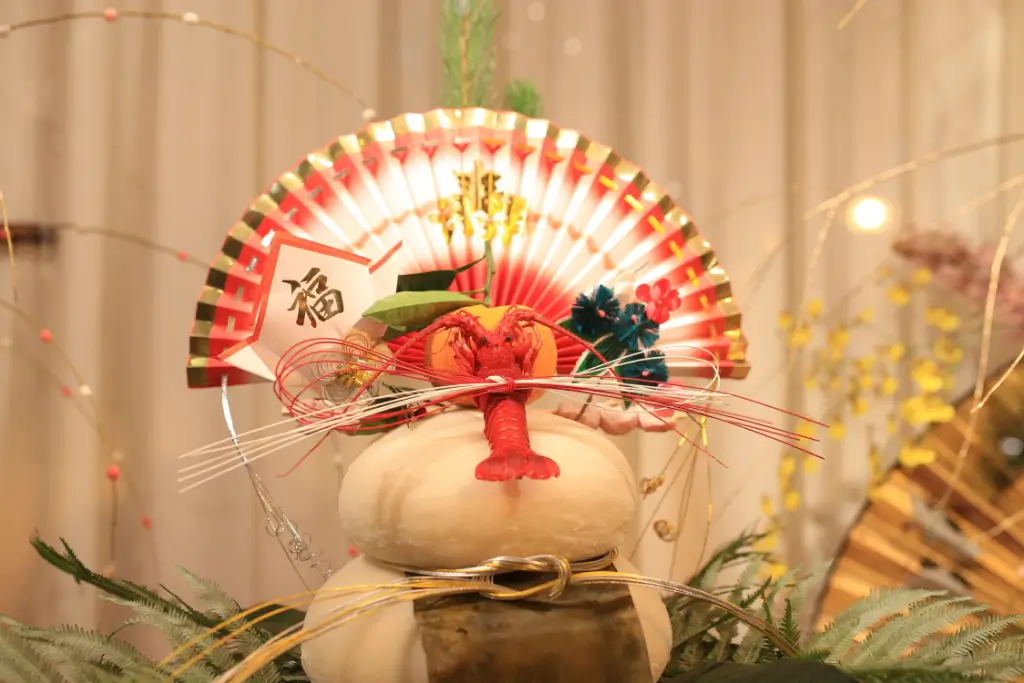
In the Shinto tradition, Toshigami is the deity who arrives at the end of every year and remains through the New Year to bring blessings, a bountiful harvest, and good fortune. People in Japan honor Toshigami at the turn of the year with rituals, decorations, and special foods.
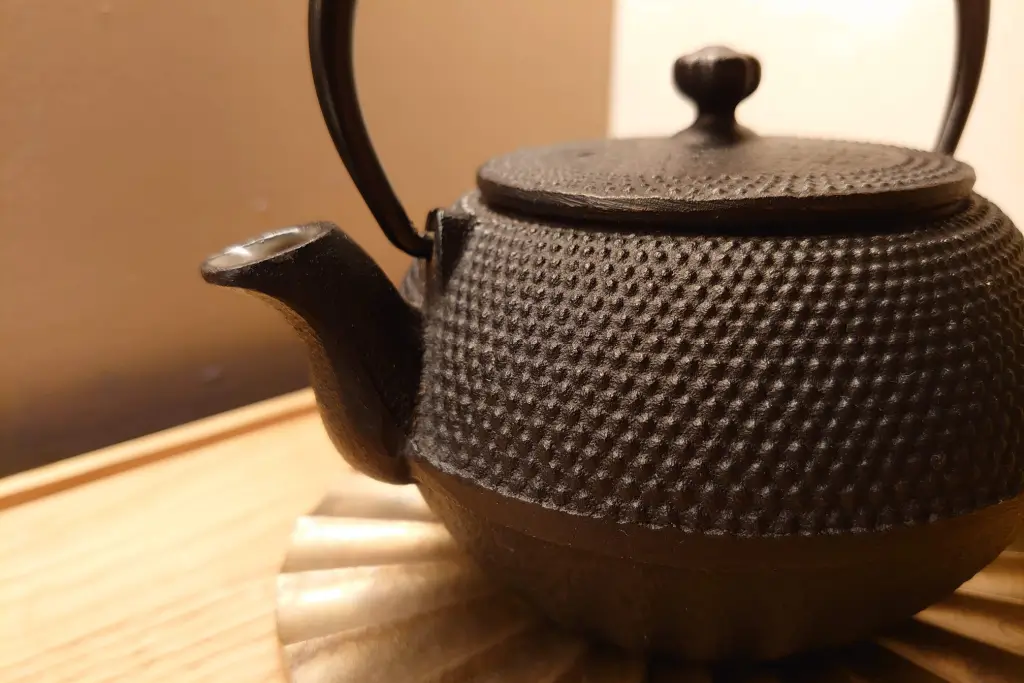
In the historic city of Morioka, Iwate Prefecture, a craft with over 400 years of history continues to captivate with its rustic beauty and practical charm. Nambu tekki, or Nambu cast iron, refers to traditional ironware, such as teapots, kettles, and decorative pieces, that embody the spirit of Tohoku craftsmanship.
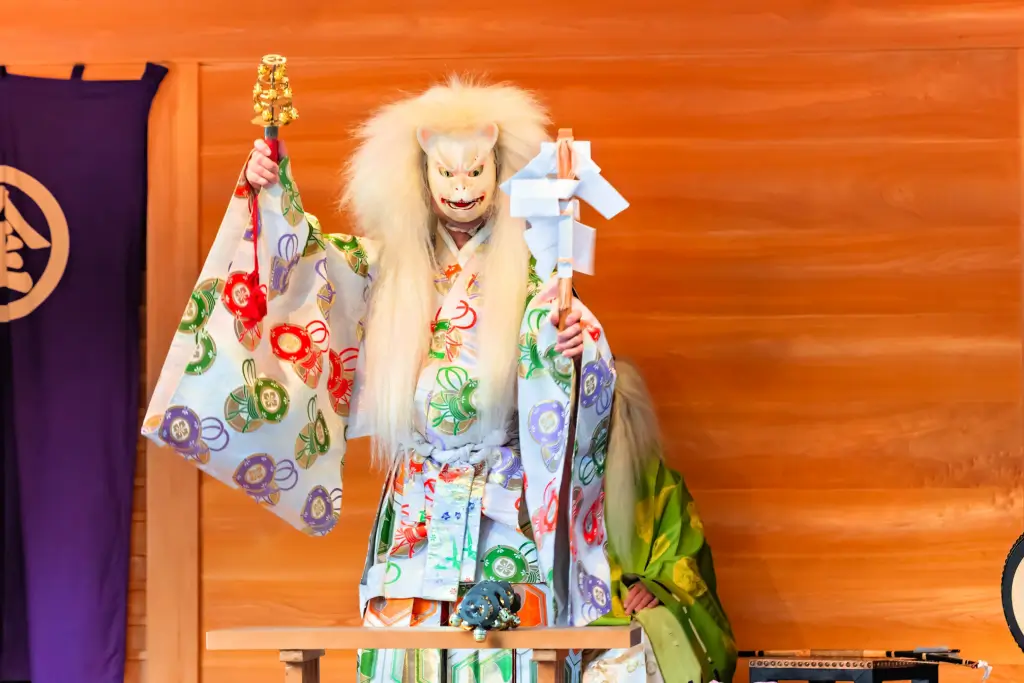
Numerous ancient Japanese traditions are so deeply ingrained in daily life that they often go unnoticed. Some are renowned enough to earn a place in the international spotlight naturally. But others can only do so with a bit of help. Today, we’ll focus on two such Japanese traditions: kagura and onsen culture.
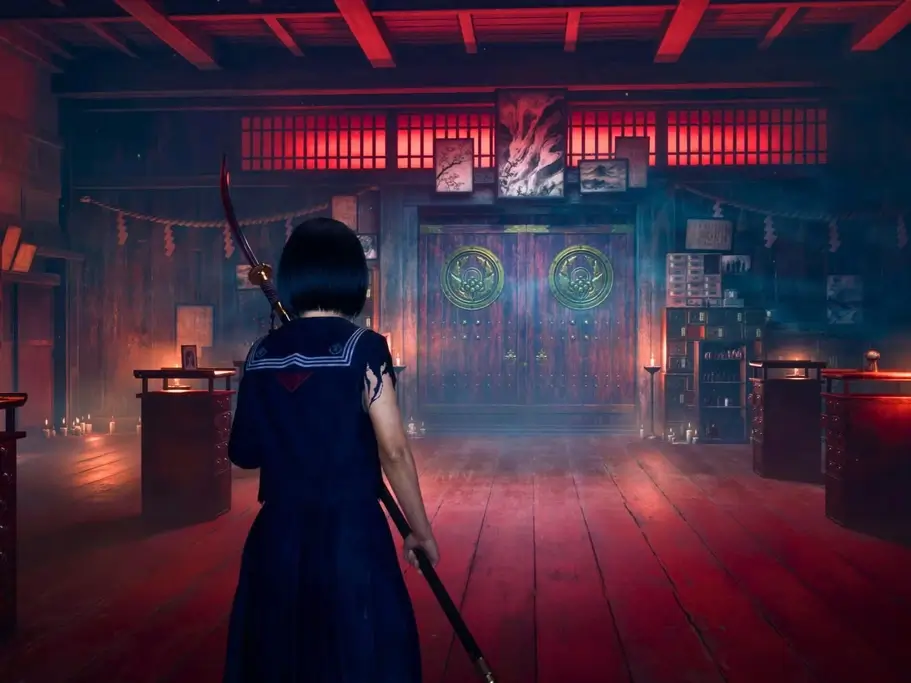
Konami’s Silent Hill series is considered to be one of the greatest and most influential horror franchises in all of gaming, and for good reason. Foregoing typical thrills and explosive action, Silent Hill has established itself as a deeply psychological horror experience.
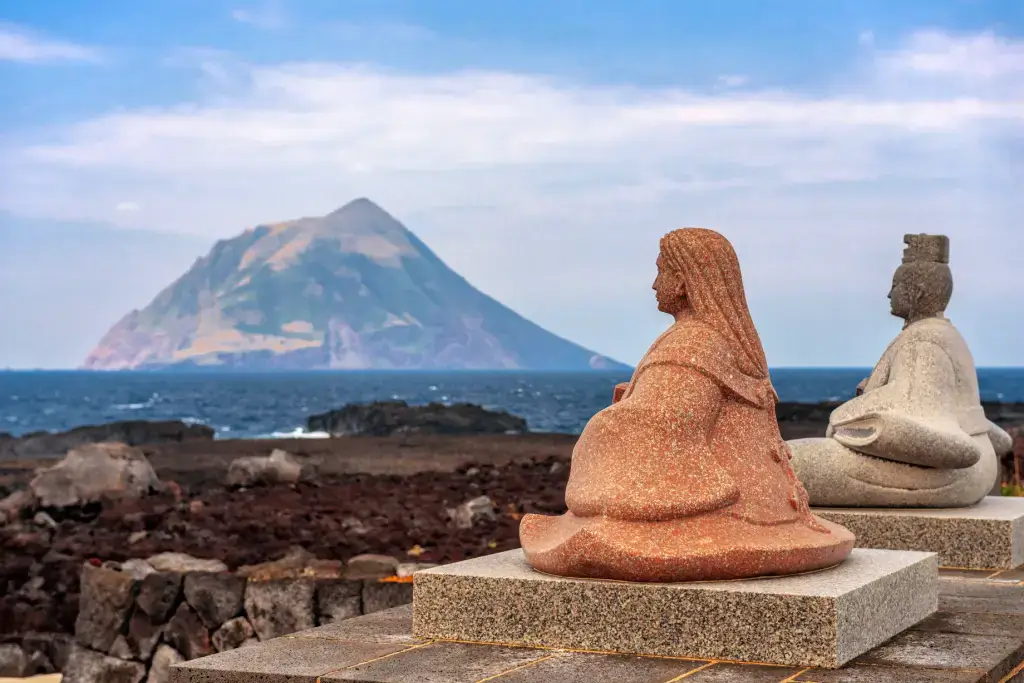
There are remote spots that offer escapes from urban life all over Japan. But perhaps none have the same combination of convenience and solitude as the Izu Islands. This chain of nine emerging from the sea just south of Tokyo was shaped by ancient eruptions
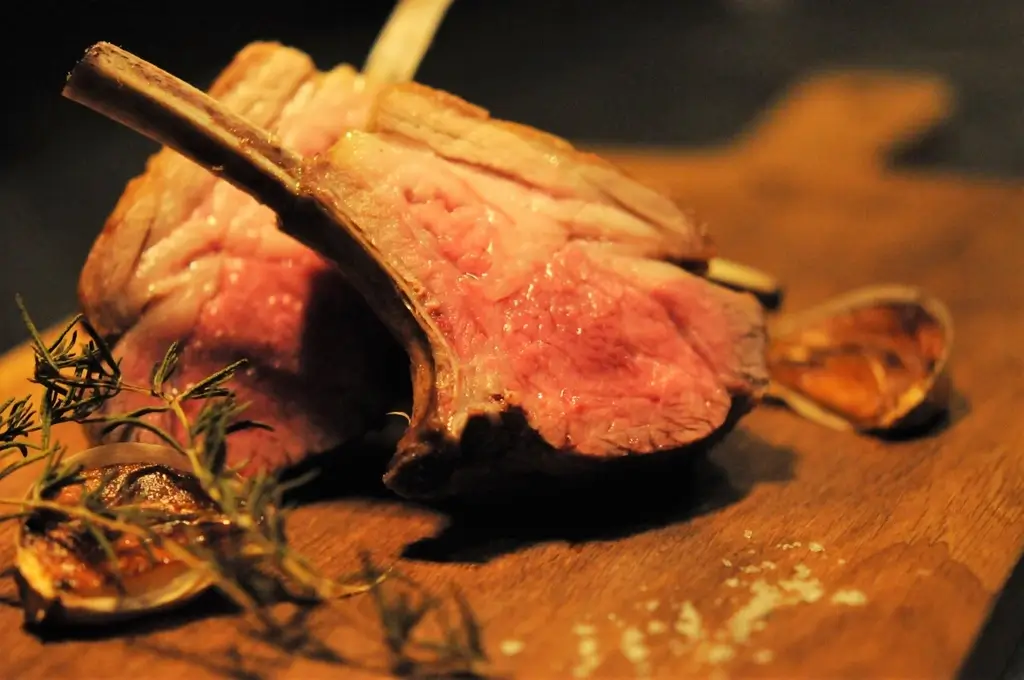
Japan is one of the countries that allows bears to be captured under a strict registered hunting system to prevent them from entering residential areas when natural food becomes scarce
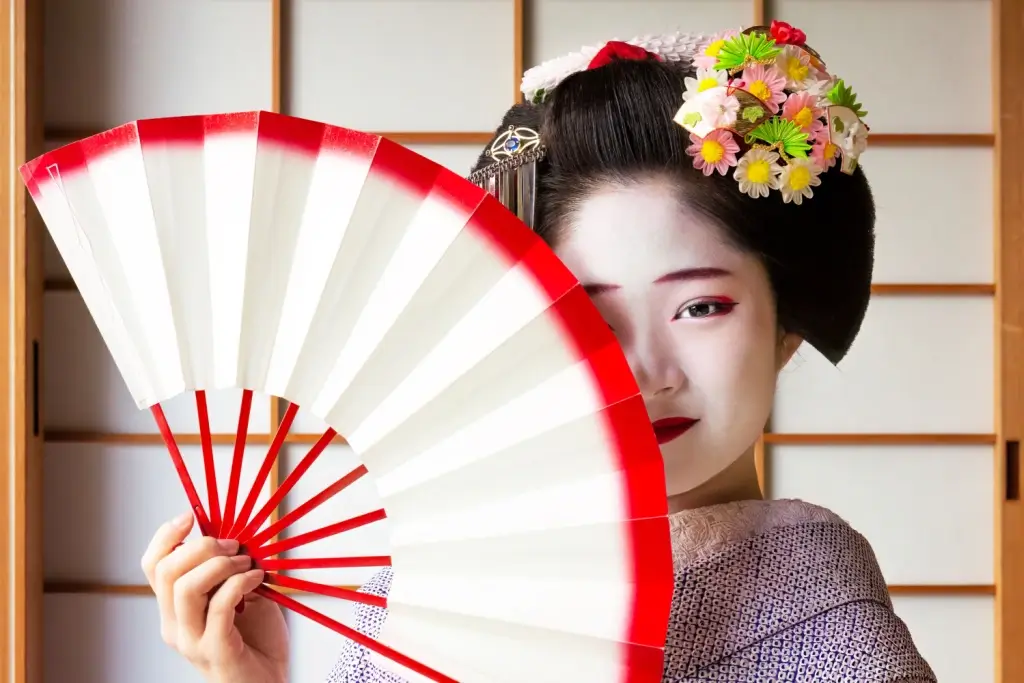
One of the most fascinating aspects of Japanese culture and art are geisha, and their makeup is a significant reason why they continue to captivate the world. The bright white face, red lips, and bold eyes create a look that is instantly recognizable and deeply tied to tradition.
Enjoy new Japanese sweets, snacks & tea every month starting from $32.50 USD

